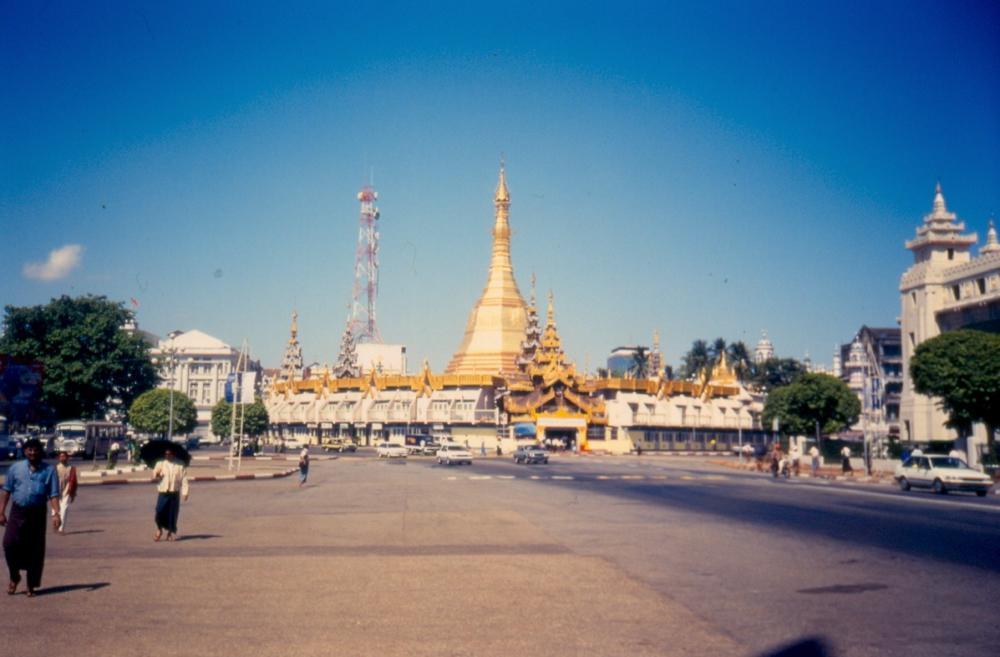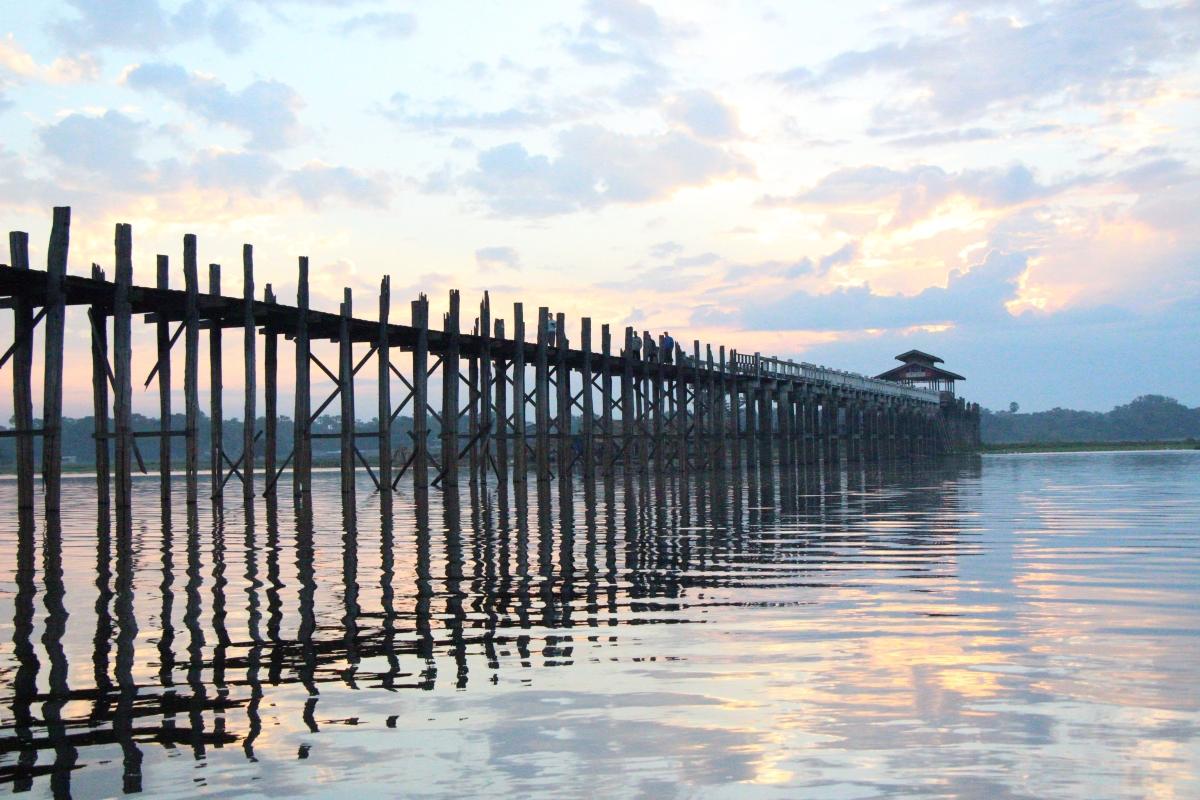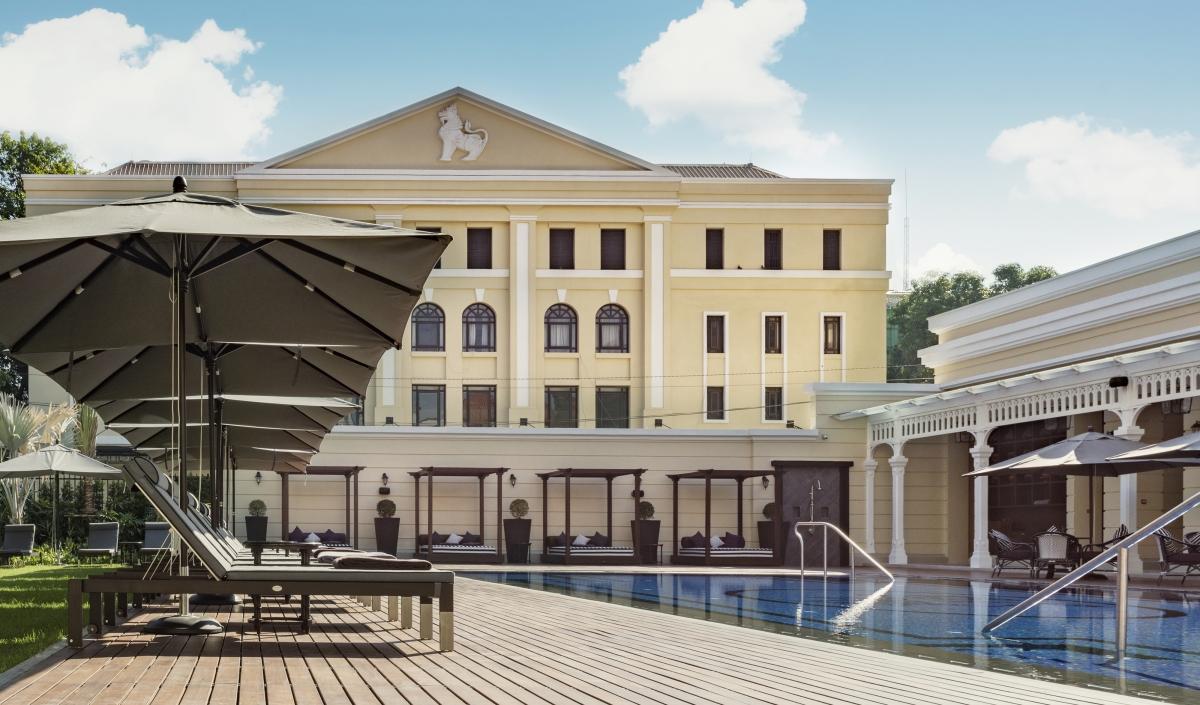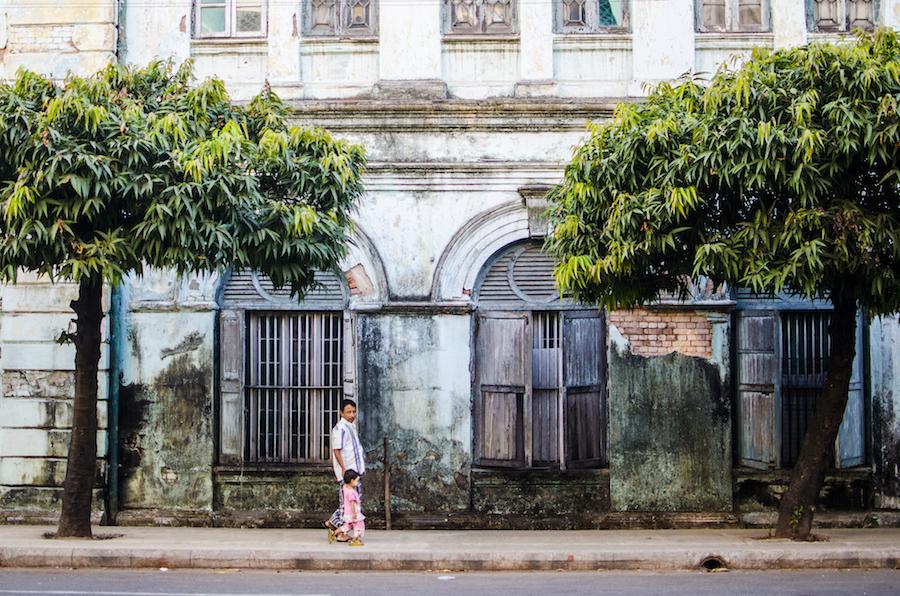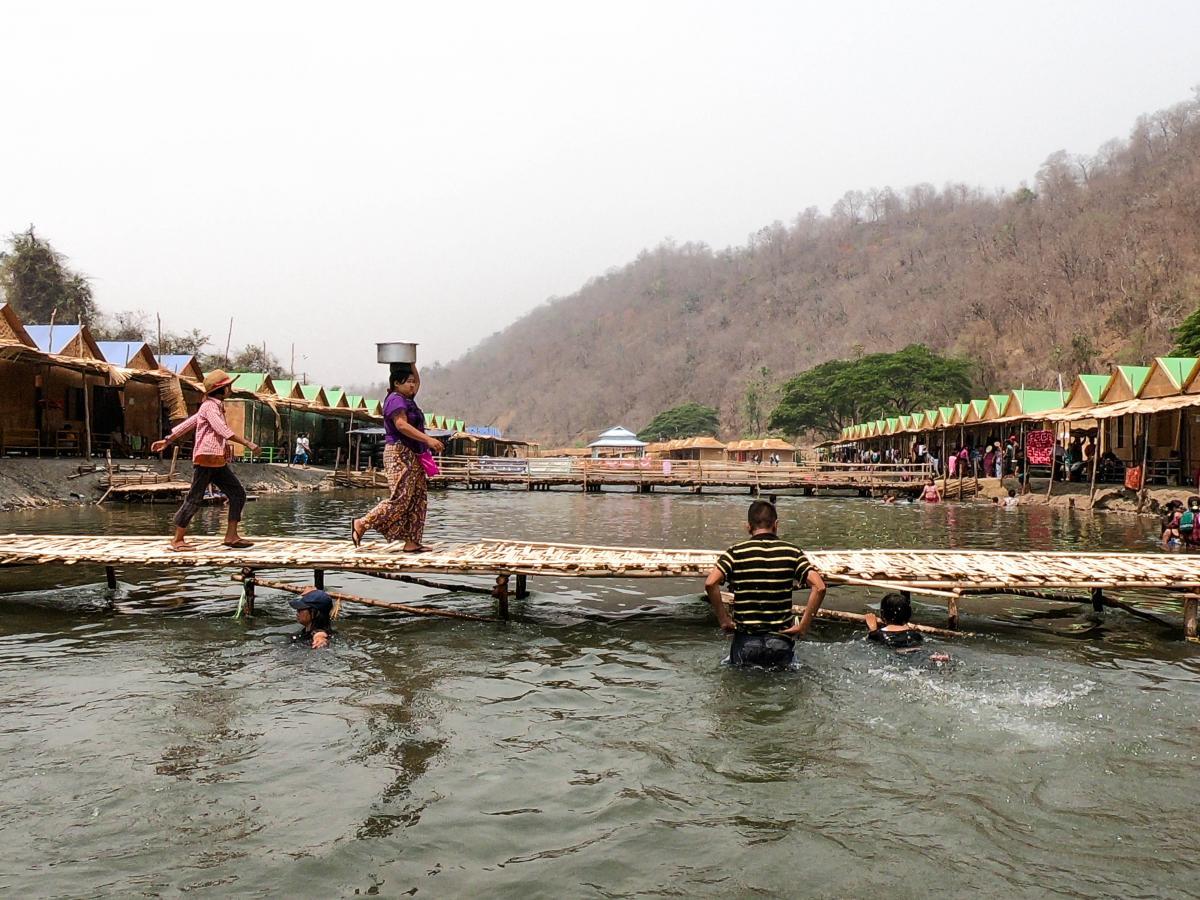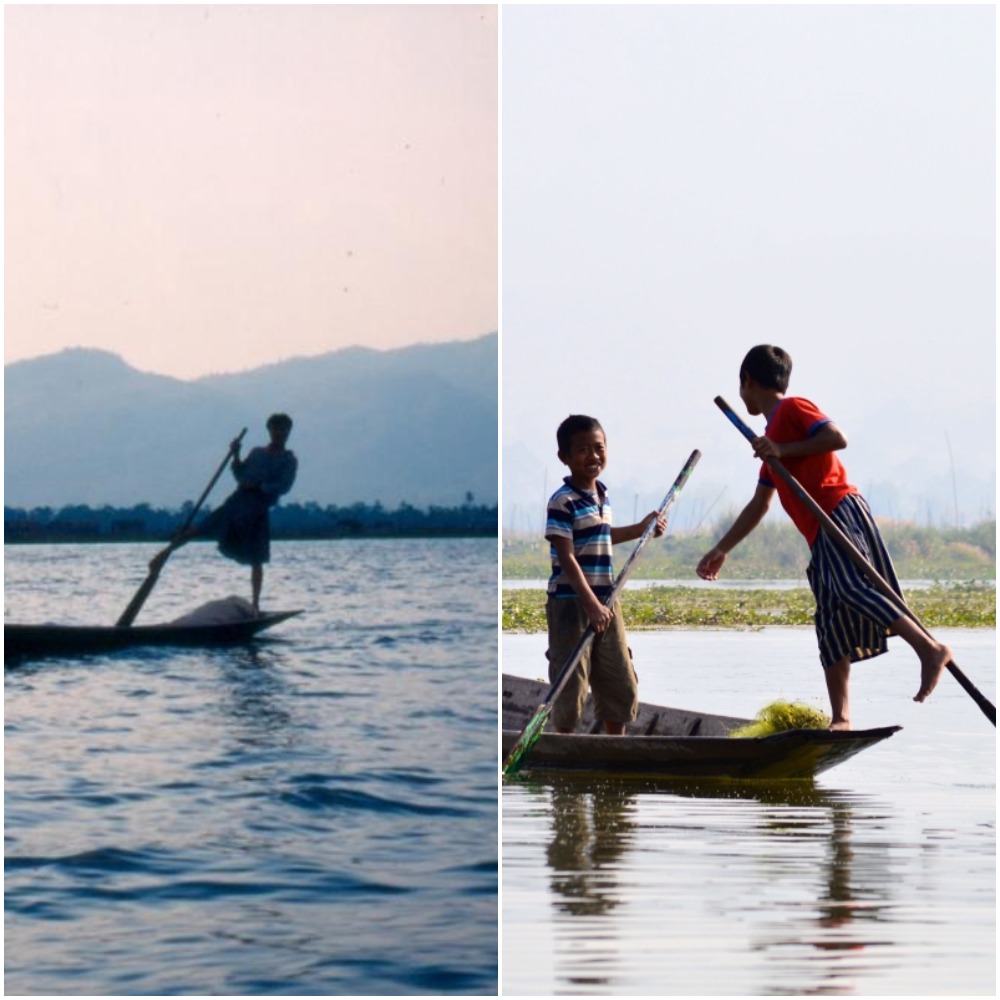
Local know-how, helping people travel further, deeper and better, is nothing new.
Millennia ago, pebbles stacked on top of each other—called “cairns”—would be placed along the tracks of early man to show migrants that others had been that way before. Ancient Greeks would venture miles to hear travel advice from the Oracle at Delphi and a manuscript from 330AD has been found that informs pilgrims where the best watering spots are between Bordeaux and Jerusalem.
Along with the travelogues of Lord Byron and Henry James, those on “the Grand Tour” in the early 19th Century would clutch the first guide books as they travelled from London to Venice to Cairo. These books, although expansive in information, would promote a safe-distance between traveller and local; between, for instance, the sailing boat on the Nile and the villagers on the riverbanks.
This began to change in the 1970s when a new breed of travel guides began to spring up. Companies like Bradt and Moon Guides were founded, promoting a more immersive travel experience where the passion of the writers not only benefited the traveller but also the host country.
This was the decade that Tony and Maureen Wheeler stapled together 94 pages to create Across Asia on the Cheap—the first ever Lonely Planet guide. Lonely Planet has since gone on to sell over 100 million copies of its guide books, helping travellers all over the globe delve under the surface and divert off the track well-trodden.
But the coronavirus pandemic has hit the travel industry hard, and guide books are no exception. This week the company announced it would drastically reduce its publishing operations, axing “inspirational titles” such as its children’s books and themed books, though continuing to publish its destination guides.
As the adventures of world travel come to a jolting halt, Lonely Planet also sadly confirmed the closure of its first headquarters in Melbourne.
The publisher has a long history with Myanmar. During the 1980s and 1990s, when the military junta was as strong as ever and Daw Aung San Suu Kyi was under house-arrest, most guide books and travel agents boycotted the country. Throughout this period not only did Lonely Planet create numerous editions of their Burma guide but also Tony Wheeler led the explorations himself, scribbling up his notes and editing the book.
Recently I came across a copy of the sixth edition of Lonely Planet’s guide to Myanmar, published in 1996, the year of the country’s anti-climactic “Visit Myanmar Year.”
This was the brainchild of former Military Intelligence head Khin Nyunt, who hoped to cash in on revenue that tourists could bring to the country while at the same time attempting to improve Myanmar’s image. Land was grabbed to make way for glitzy hotels, forced labour was used to construct better roads, and pagodas in the honey spots of Yangon, Bagan, Mandalay, and Inle Lake received a fresh coating of gold-leaf.
After reading Lonely Planet 1996 from cover to cover, here are my five principle take-aways comparing visiting Myanmar in 2020 to a quarter of a century ago.
Myanmar has always been a controversial place to visit
Due to the actions of the country’s military, its treatment of Rohingya Muslims in Rakhine state and its poor record on press freedom, there is a moral case to be made for not travelling to the country.
This was also the case in 1996.
Lonely Planet addresses this from the outset in a section at the front of the book entitled “Should You Visit Myanmar?”
Although recognising that the military junta is “abominable,” the editors highlight that it is “obvious” that the agencies publishing reports in English on the state of human rights in Myanmar have their own agenda.
“No group—governmental or non-governmental—can claim objectivity as long as their funds depend on the emotional manipulation of their financial supporters, either by inflaming their passions or calming their fears.”
Lonely Planet warn travellers that any contribution they make to the nation’s economy may allow the repressive government to stay in power longer. However their support of responsible travel to Myanmar is clear. They note that their only bias is that those who do decide to visit go with as much knowledge as possible.
They end with the useful caveat: “It’s your choice!”
Nothing has changed…
In 2004, on returning to Myanmar after 30 years away, the writer Paul Theroux remarked:
“The unreality of arriving in a distant modernized city cannot compare with the unreality of seeing one that has hardly changed at all. If a place, after decades, is the same, or worse than before, it is almost shaming to behold.”
Myanmar’s arrested development leads travel agents to describe the country as “lost in time” and “timeless.”
This is lazy copy, but apt.
Over the last few decades Myanmar has developed at a fraction of the pace of its neighbours.
When Lonely Planet travelled around southern Shan State in 1996 much appears as it would today. At the five-day markets the Pa’O stand out with their fiery orange head-dresses, the alluvial landscape of Kalaw is recommended as the best place for trekking, and in the villages surrounding Kakku the air is infused with the smell of the tanapet leaf as it is lightly roasted before being used to wrap the Burmese cheroot.
Along with southern Shan, Yangon, Bagan and Mandalay are the places travellers are recommended to visit, perhaps with some days at Ngapali Beach bolted on at the end. Shwedagon Pagoda is the number one thing to do.
When recommending where to eat in Yangon today’s firm favourites crop up. Aung Thuka is described as “a clean, simple dining room decorated with Burmese calendars and movie posters”—much as it appears now. Nilar Biryani is named the best biryani shop in downtown Yangon and, like today, it is suggested to get there before 7pm.
...and yet, everything has changed
The starkest changes to Myanmar can be seen in Yangon, the country’s commercial capital. The roads are smoother—and much busier—ATMs are easy to find, shopping malls have sprung up and everyone has a smartphone. As for Johnny foreigner, he is no longer the charming novelty he once was.
Leafing through Lonely Planet 1996, those familiar with modern-day Myanmar will be taken aback to read the advice that tourists are recommended to barter for handicrafts using “electronic gadgets, calendars, disposable lighters, ballpoint pens [and] lipstick” brought from abroad. Such luxuries can also be used to “bribe sluggish bureaucrats or simply give away and make people happy.”
Today, Inle Lake is often highlighted as a Myanmar honey-spot that has been soured by overtourism and unsustainable agricultural practices. In 1996, Lonely Planet marvels at the flowing network of canals that are today drying up and clogged by weed and reed. It celebrates the clearness of the water and even recommends the best places for tourists to swim in the lake.
In 1996, Lonely Planet recognizes that there are only a few places in Nyaung Shwe to eat and drink but it appears that “there’s not a lot to do around town.”
By 2013, Lonely Planet knew where to get pizza and pasta and described the town as “a bustling travellers' centre, with dozens of guesthouses and hotels, an increasing number of restaurants, a few bars and a pleasantly relaxed vibe. If Myanmar can be said to have a backpacker scene at all, it can be found here.”
As for other backpacker favourites, the town gates of Kyauk Me and Hsipaw shut at 6pm, there is barely any mention of Kyaing Tong and due to insurgency Lonely Planet has “no information on what to expect upon arrival in [H]Pa-An.” Meanwhile there is no such place as Ngwe Saung, only Pathein, Chaungtha and a small fishing village named “Ywama”—today more commonly known as “Ngwe Saung Village.”
Hotels
After the privatization of the hotel industry in 1993 the number of places for foreigners to stay in Myanmar sky-rocketed. In Yangon for instance, in 1992 there were only eight places with a hotel license for foreigners. By 1995 there were 105 and the number of available rooms had risen from 78 to 1,432, whereas today there are over 5,000 hotels.
In 1996, Lonely Planet’s preference in Yangon is The Strand. This hotel had been opened at the turn of the century by the Sarkies brothers who had already gained notoriety for melding the comforts of the West with the sensibility of the East at Raffles in Singapore and the Eastern & Oriental in Georgetown.
The Strand, Yangon’s “Great Dame,” had been used to stable horses of the Japanese Imperial Army during the Second World War and had further fallen into decrepitude when nationalized after Burmese independence.
However, Lonely Planet are pleased. They say that compared to its grander sisters it’s the “most faithful to the original spirit.” The décor is not too ostentatious and “the staff seem to be more laid-back and less snobbish to non-guest visitors—as long as you dress decently for your visit.”
Uptown, Sofitel Yangon is still being built while Inya Lake Hotel is described as “big, imposing, dramatic and mostly empty.” It does however boast Myanmar’s first hotel swimming pool.
In Bagan, Lonely Planet regrets that the villagers and cheap guesthouses that used to line the road of Old Bagan have been “wiped out in one fell swoop” and relocated among peanut fields in a place called Myothit—later to be known to foreigners as “New Bagan.” However due to the re-privatization of hotels and guest houses, “the variety of places to stay has never been greater.”
Lonely Planet also gushes “another 20 or so new hotels and guest houses are planned for the near future.” These are the constructions that were to spring up in faux-Bagan-era style and hinder the destination’s bid for UNESCO World Heritage status.
Undertourism
Despite complaints about trigger-happy tourists coming to fisty-cuffs in Mandalay monasteries and coach-loads of Chinese tourist belching around Bagan, the truth is that Myanmar suffered from undertourism in 1996 and is still suffering today.
Though delightful for the traveller, much needed revenue is denied the people of the country. Lonely Planet depicts an idyllic U Bein Bridge where villagers and students pass over the Taungtaman Lake at dusk, watching from small teashops serving beer and snacks on the banks. These days these shops can be overrun by souvenir stands and hawkers selling boat rides.
In Bagan, exploring the temples on a bicycle is a delight, but travellers are warned to “steer well clear” of the occasional motor vehicle. Return visitors to Bagan today may find it busy, but it still receives only an eighth of the number of foreigner travellers as Angok Wat in Cambodia.
In many ways, Myanmar and Lonely Planet are a good fit. A maligned country being promoted by a guide book that celebrates off-piste destinations and abnormal modes of transport.
While Lonely Planet attempts to re-position itself in a world dominated by TripAdvisor and Airbnb Experiences, there is still a place for a guide book that can work when internet connection falters.
And there is still much to be celebrated about a well-established and often derided guide book that recommends, for example, hitch-hiking from Mandalay to Pyin Oo Lwin instead of taking the train. A guidebook that enthusiastically urges readers to jump in a pick-up truck on the corner of 26th Street, where there’s no hurry about the trip and the journey is interspersed with stops to top up the vehicles radiator.

